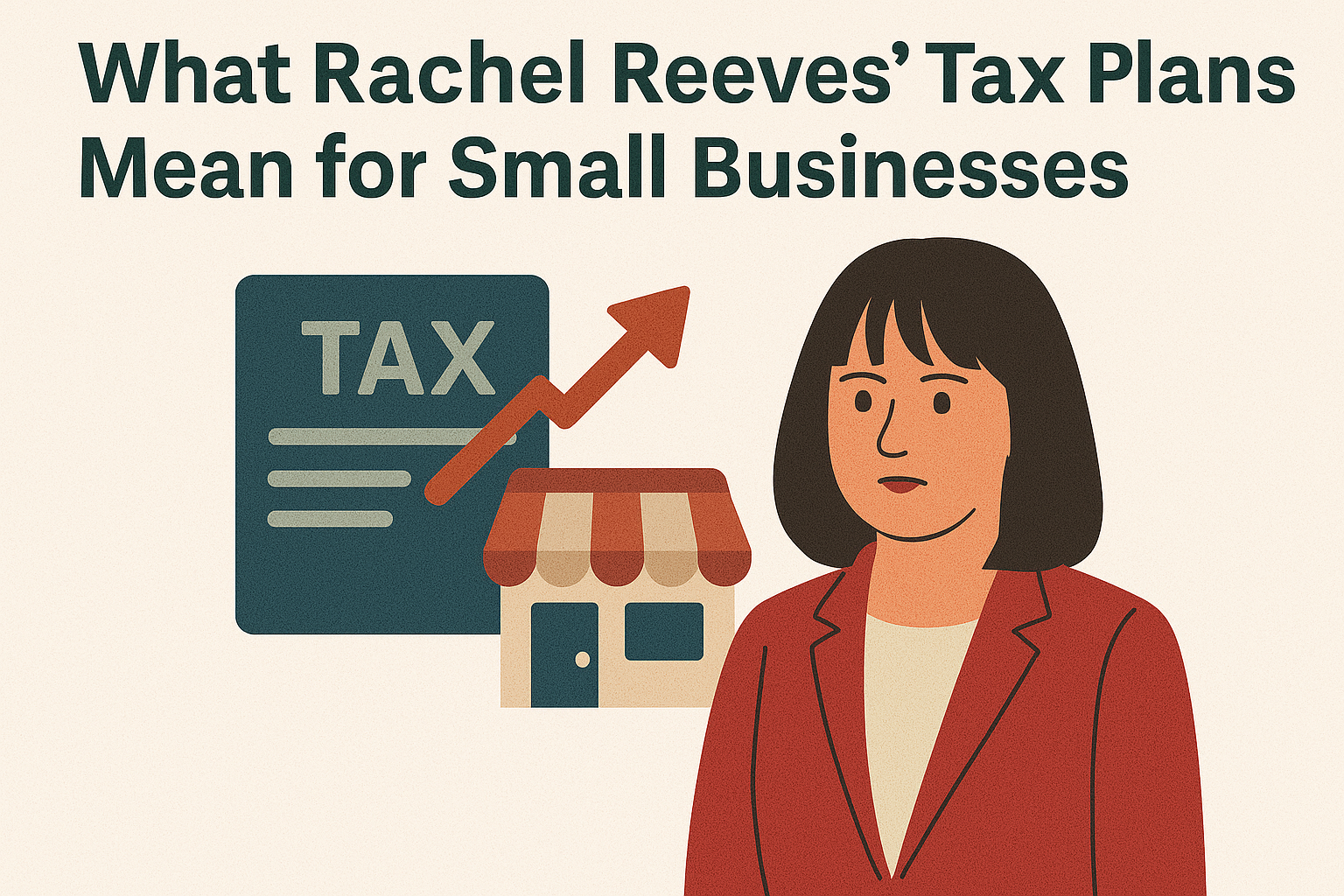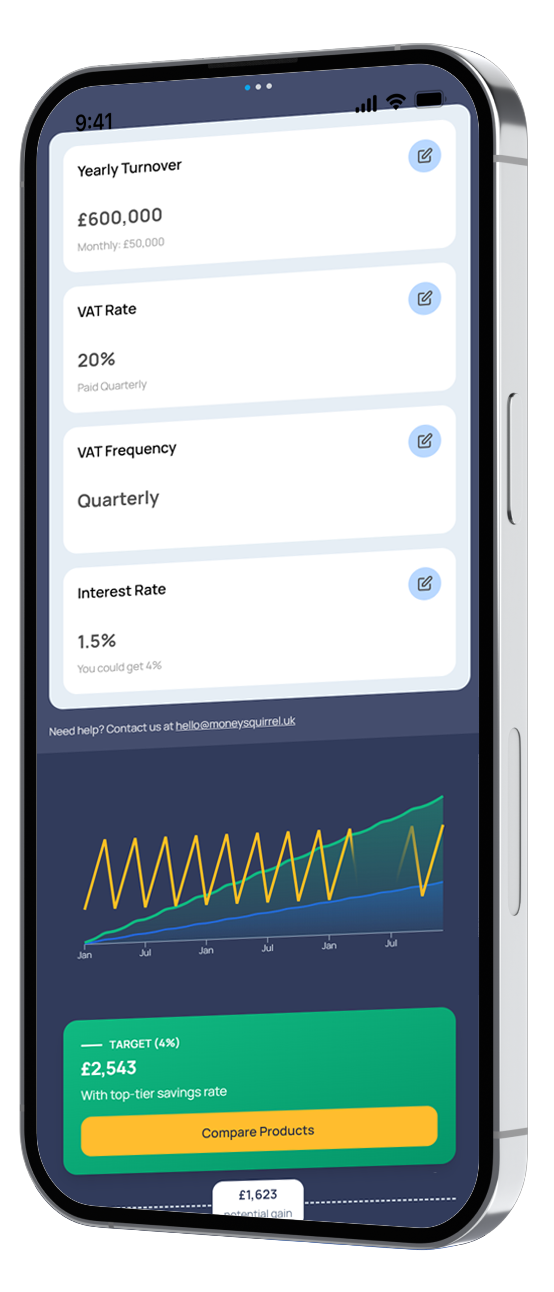What do the latest April figures (£80.2bn total receipts, £4.3bn increase) tell us about the UK's economic health?
The latest figures from HMRC, paint a picture of fiscal resilience, but not necessarily a thriving economy. The rise can be attributed to frozen tax thresholds which have pushed more people into higher tax bands, alongside inflation and structural changes to National Insurance.
When you put this alongside the 0.3% drop in GDP during April, the biggest monthly fall we’ve seen in a year and a half, it’s clear that the rise in tax receipts isn’t down to a surge in productivity or business activity. What we’re really seeing is the impact of the current tax setup and the timing of policy changes, rather than genuine economic growth.
So, while the headline figures may suggest robustness, it’s not a moment to celebrate booming growth, it’s a reminder of how reliant public finances have become on carefully engineered tax mechanisms rather than true economic momentum.
Are there any interesting/notable changes in April's receipts?
Yes, the April data reveals some shifts in tax receipts that hint at behavioural and policy-driven trends in the economy.
Stamp Duty, for example, saw a 32% increase, with receipts rising to £1.8 billion and Inheritance Tax being another area, with receipts up by 14% year-on-year, which could be linked to a mix of rising property values and frozen thresholds.











